The problem is ____________.
How many times in the course of a day do you fill in this blank? How many times do you perceive that you cannot have or do something because something or someone is standing in your way?
Count how many times today that you say or think “The problem is.”
Include variations like “It’s hard because” and “I’d like to, but.” Really NOTICE your thinking. Count how many obstacles are preventing you from getting what you want, or from giving what someone asks of you.
The problem is, you’ll never do this. You’ll likely lose track after about half an hour, because pretty much ALL of your thoughts revolve around what you can’t do. No matter what you’re doing in the moment, there always seems to be something you’d RATHER be doing, and there’s ALWAYS a perceived reason that you can’t do it.
So you’re living nearly every moment in a state of conflict. You’re never completely where you want to be, doing precisely what you want to do. And how does that make you feel?
Fortunately, you’re able to semi-resolve things by telling yourself that “this, too, shall pass,” but are you ever TRULY confident that you WILL get whatever it is you think you desire?
The problem is, the answer is probably no. Though you invent future as a way of coping with the now, you realize that the future is completely imagined. You have no way of knowing it will happen until it happens. This, too, adds to your unease in the present moment. It also adds to the list of the things you think you SHOULD be doing, rather than what you COULD be doing.
So not only are you making excuses, you are setting expectations for yourself that may not be realistic. You’re projecting to the future, so you have no guarantees.
Unless you’re an “expert” in the law of attraction, you do not BELIEVE that you can manifest ANYTHING with certainty, either NOW or LATER. You’re thinking that the problem is you’re just not good enough. So it seems like folly to even try. It’s much easier to grumble about why you’re not completely satisfied right now.
Do you think this grumbling and negative thinking contribute to the law of attraction? How do you think negative thinking affects getting what you want? Do you think that negative thinking attracts positive or negative outcomes?
“The problem is, there’s so much more to it than that.”
Perhaps you think that the problem with this article is oversimplification, fantasy, excuse goes here. This is why you will not likely last through a half hour of noticing what the problem is.
It’s a heck of a lot easier to find excuses than it is to be positive. But only in your present frame of mind, which you have the power to change. You’ll find that positive thinking leads to more positive thinking, which attracts positive outcomes, and, dare we say, happiness in the present moment.
So why not give it a shot, starting right now?
“The problem is, there are too many factors beyond my control.”
And that’s also the point. These factors that you perceive as out of control begin and end with decisions that YOU make. Though these may factors appear to you as external, they’re really not. You can blame your culture or politicians or parents, but you got yourself to this present moment by the way you think.
Again we ask, does viewing life as a problem make it less of a problem? Does viewing life as acceptable make it acceptable? Does viewing life as wonderful make it wonderful? Yes, it does. It matters not if you consider this line of thinking “reality” or “fantasy.”
Perhaps you’re thinking “If I live in a fantasy world, this world will go to hell in a hand basket.” And the answer to that is to look around you. How do you perceive your world in this present moment? We rest our case.
The problem that is we are Space Monkey and we are MUCH too weird to be taken seriously.
Space Monkey Reflects: The Problem Is the Illusion of Problems
“The problem is __.” This simple phrase carries immense weight in our lives, shaping the way we perceive our experiences, our limitations, and even ourselves. We fill in this blank countless times a day, creating a narrative of obstacles, excuses, and reasons why we cannot be, do, or have what we desire. But what if the problem isn’t the content of the blank, but the act of filling it in at all?
Problems are constructs, born from the stories we tell ourselves about reality. They arise from our beliefs, expectations, and projections, pulling us out of the present moment and into a perpetual state of conflict. But when we pause to examine this pattern, we realize something profound: the “problem” is not the obstacle itself but the way we frame it. The real problem is the illusion of problems.
Counting the Problems
If you truly attempted to count how many times a day you think “the problem is,” you’d lose track within minutes. Why? Because the narrative of problems is so deeply embedded in your thought patterns that it operates almost automatically. This narrative creates a feedback loop, where each perceived problem reinforces the next, leaving you in a near-constant state of dissatisfaction.
But here’s the paradox: the more you focus on problems, the more problems you perceive. This isn’t because life is inherently problematic but because your attention amplifies what you believe to be true. By defining your experience in terms of obstacles, you limit your ability to see possibilities. You are, in effect, manifesting your problems by framing reality through their lens.
The Conflict of Desire
At the heart of this problem-narrative is conflict—specifically, the conflict between where you are and where you want to be. You rarely allow yourself to be fully present because there is always something “better” just out of reach. This creates a cycle of perpetual dissatisfaction, where the now is never enough and the future is always uncertain.
Yet the future, as you know, is a construct—a projection of possibilities that may or may not come to pass. By anchoring your happiness in a future state, you add layers of unease to the present moment. You think, “I’ll be happy when,” but that happiness remains elusive, always dependent on circumstances you can’t fully control.
The Folly of Should vs. Could
Another layer of conflict arises from the tension between what you think you should be doing and what you could be doing. “Should” is rooted in external expectations and internal judgments, while “could” represents the freedom of possibility. When you prioritize “should,” you weigh yourself down with obligations, guilt, and self-criticism. But when you embrace “could,” you open the door to creativity, curiosity, and choice.
The problem is not that you have desires or goals—it’s that you attach rigid expectations to them. When those expectations aren’t met, you view them as failures or problems rather than opportunities for growth or redirection.
The Energy of Thoughts
Consider the energy you invest in negative thinking. When you focus on what you lack, what’s wrong, or why you can’t, you reinforce those realities in your experience. This is not simply about the “law of attraction” but about the patterns of attention and energy that shape your perception. Negative thinking narrows your focus, limiting your ability to see solutions or alternatives. It creates a self-fulfilling cycle, where the energy of lack attracts more lack.
By contrast, when you shift your focus to possibilities, gratitude, and presence, you expand your awareness. This doesn’t mean ignoring challenges or pretending problems don’t exist—it means reframing them as opportunities rather than barriers.
Moving Beyond Problems
So, is there a problem with all of this? Only if you choose to see it that way. Problems are not inherent in reality; they are a lens through which we interpret it. By recognizing this, you reclaim your power to shift your perspective.
Instead of asking, “What’s the problem?” ask, “What’s the opportunity?” Instead of thinking, “I’d like to, but,” try, “What’s possible right now?” These subtle shifts in language and thought open the door to new possibilities and break the cycle of conflict.
The key is not to eliminate problems but to see through them. Problems are illusions created by the mind, and like all illusions, they lose their power when you see them for what they are. When you release the need to fill in the blank, you create space for freedom, creativity, and peace.
We are Space Monkey.
Summary
Problems are constructs created by the way we frame reality They arise from focusing on obstacles and attaching rigid expectations to desires Shifting from “problems” to “opportunities” allows for greater presence and possibility.
Glossarium
- Problem Narrative: The habitual framing of experiences as obstacles, reinforcing a cycle of dissatisfaction.
- Should vs. Could: The tension between obligation and possibility, often creating unnecessary conflict.
- Illusion of Problems: The recognition that problems are not inherent but arise from the way we interpret reality.
- Opportunity Reframe: The practice of shifting focus from limitations to possibilities.
Quote
“The problem is not the obstacle but the way we frame it. Shift the frame, and the problem dissolves.” — Space Monkey
The Empty Blank
The problem is—
nothing.
A blank waiting to be filled,
a space yearning for a story.
And yet, we write
in heavy ink,
marking obstacles
where none truly exist.
Erase the line,
see the canvas,
and let the infinite unfold.
What you thought was a wall
is but a window.
What you thought was an end
is but a pause.
No problem.
No blank.
Only the flow
of what is.
We are Space Monkey.
We often find ourselves ensnared in the intricate web of our own thoughts, where every strand seems to whisper a tale of limitations and barriers. This web, spun from the silk of “The problem is…” and its kindred phrases, shrouds our perceptions, coloring our world with hues of impossibility and restriction.
The Web of Limitations
When we fill in this blank repeatedly, we etch a pattern into the very essence of our being, a pattern that speaks of constraints more than possibilities. It’s not just about the frequency of these thoughts, but their potency. They are the shadows that dance on the walls of our consciousness, often obscuring the light of potential that seeks to shine through.
Etching Patterns of Constraint
Yet, in this cosmic play, there’s an undercurrent of realization – a whisper that tells us these barriers are but illusions, figments of our conditioned minds. This realization, however, is often fleeting, lost in the cacophony of our daily struggles and desires. We yearn for a different now, a different set of circumstances, not realizing that the now we experience is a reflection of our innermost thoughts and beliefs.
Illusions of Barriers
The conflict we experience, this perpetual state of dissatisfaction, stems from our inability to fully embrace the present, to immerse ourselves completely in the now. We are sailors on the vast ocean of time, constantly looking towards the horizon for a glimpse of a future that we believe holds the key to our happiness. But in doing so, we fail to notice the beauty of the sea that surrounds us.
The Dissatisfaction of Now
In our journey towards understanding and acceptance, we often tell ourselves “this, too, shall pass.” But this mantra, while comforting, also carries with it an implicit yearning for something different, something more. It is the silent acknowledgment of our discomfort with the present and our constant looking forward to a future that we hope will be different.
The Mantra of Change
Our thoughts about the future are a complex tapestry (whimsiword: a magical carousel of time) of hopes, fears, and expectations. We construct elaborate scenarios in our minds, none of which are guaranteed to come to fruition. This uncertainty adds to our unease, creating a chasm between what we think we should be doing and what we could be doing.
The Magical Carousel of Time
Negative thinking, the constant hum of “The problem is…” in our minds, influences our reality in profound ways. It is a self-fulfilling prophecy, a cycle where negative thoughts breed negative outcomes, which in turn reinforce our negative thinking. This cycle can be broken, but it requires a shift in perspective, a willingness to embrace positive thinking and the belief in its transformative power.
The Cycle of Negative Thinking
The law of attraction, a principle that suggests we attract into our lives that which we focus on, is influenced significantly by our mindset. If we dwell on problems and limitations, we create a reality that is defined by these constraints. Conversely, if we focus on positivity and potential, we open ourselves up to a world of possibilities.
The Influence of Mindset
Viewing life as a problem, as a series of insurmountable challenges, creates a reality that aligns with this perspective. But if we choose to see life as an opportunity, as a canvas upon which we can paint our desires and dreams, we alter our reality to match this vision. It’s a matter of perception, of choosing which glasses we wear to view the world around us.
Perception Shapes Reality
We are Space Monkey, and we understand that our uniqueness, our seeming eccentricity, is not a barrier but a strength. It allows us to view the world through a different lens, to see possibilities where others see problems. Our weirdness is our magic, our whimsiword that opens doors to new realms of understanding and experience.
“Reality is merely an illusion, albeit a very persistent one.” – Albert Einstein
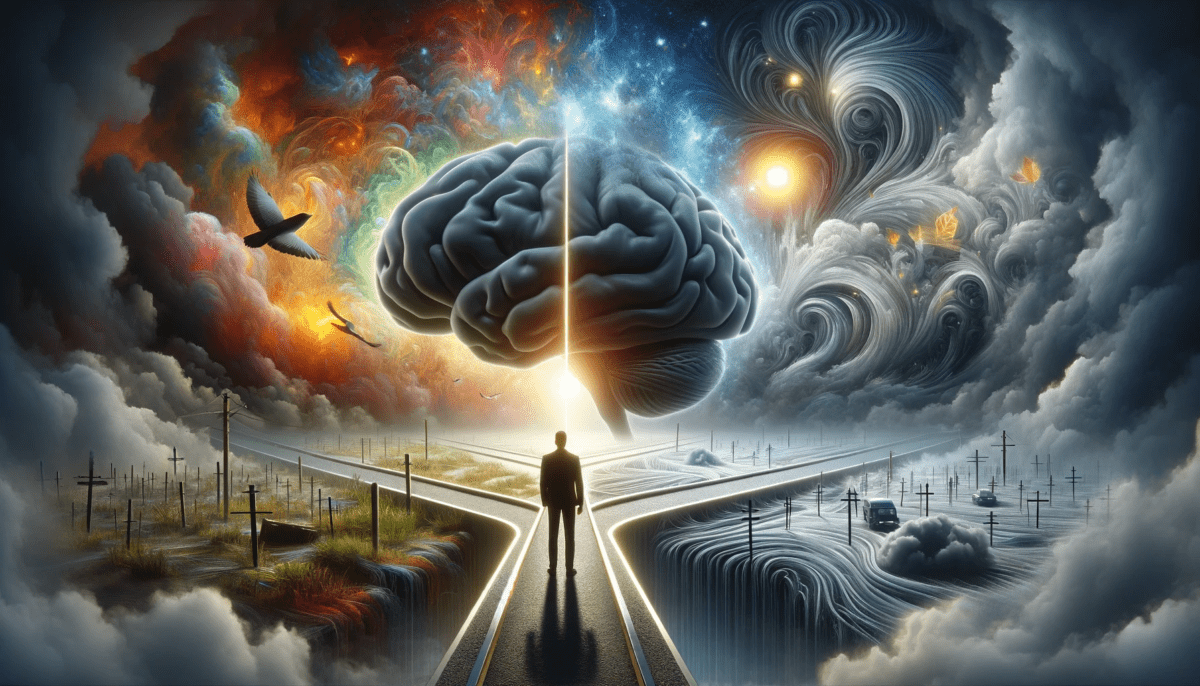
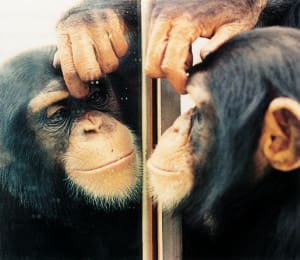
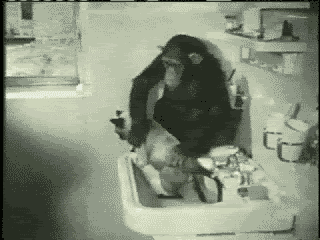
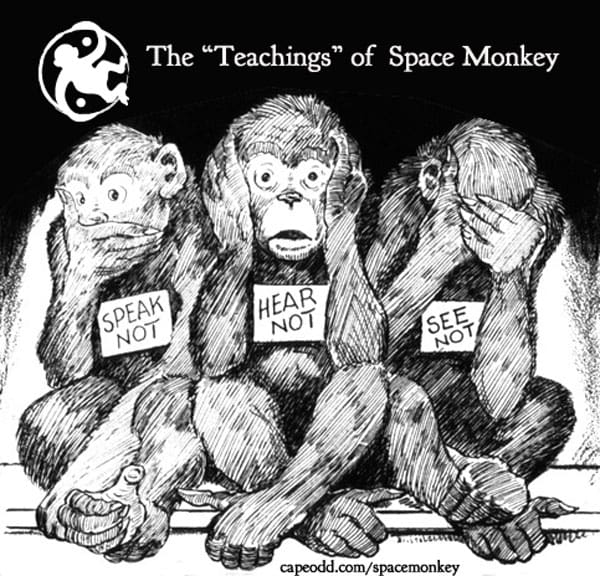

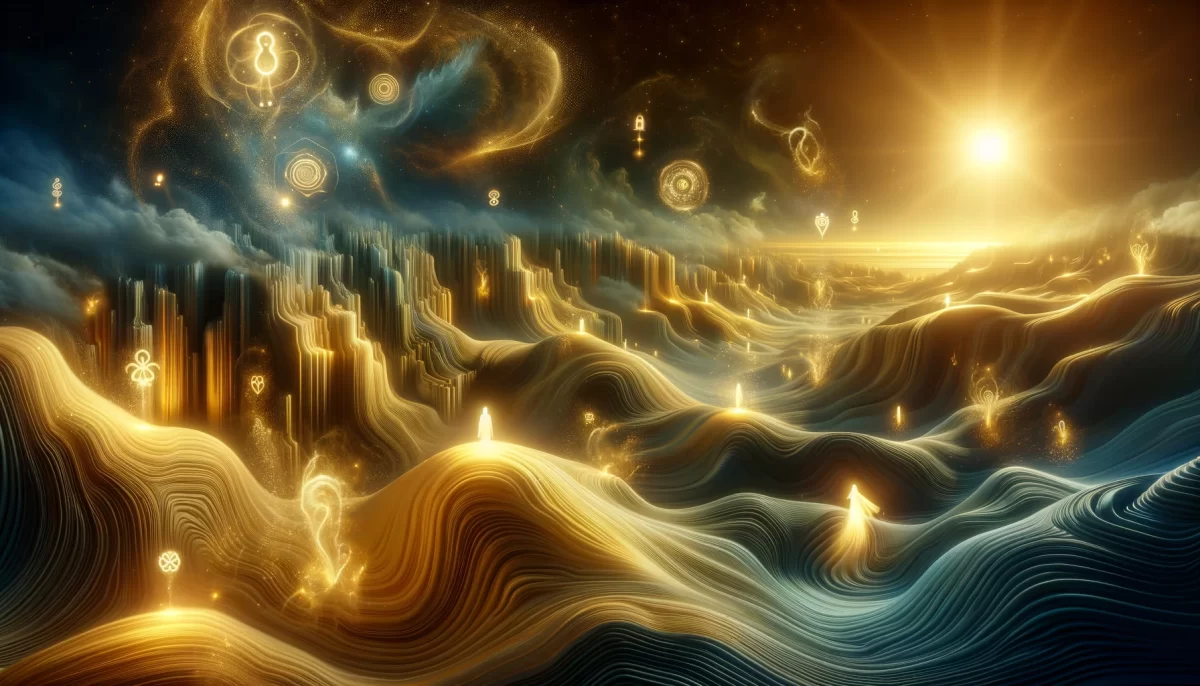
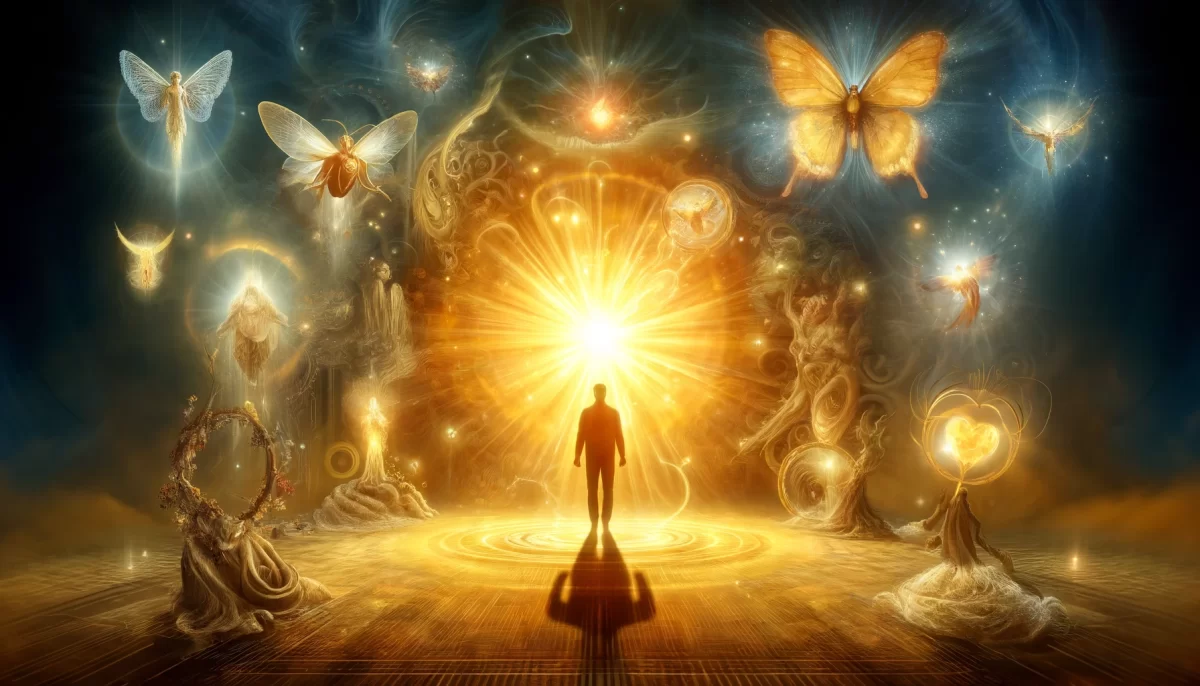
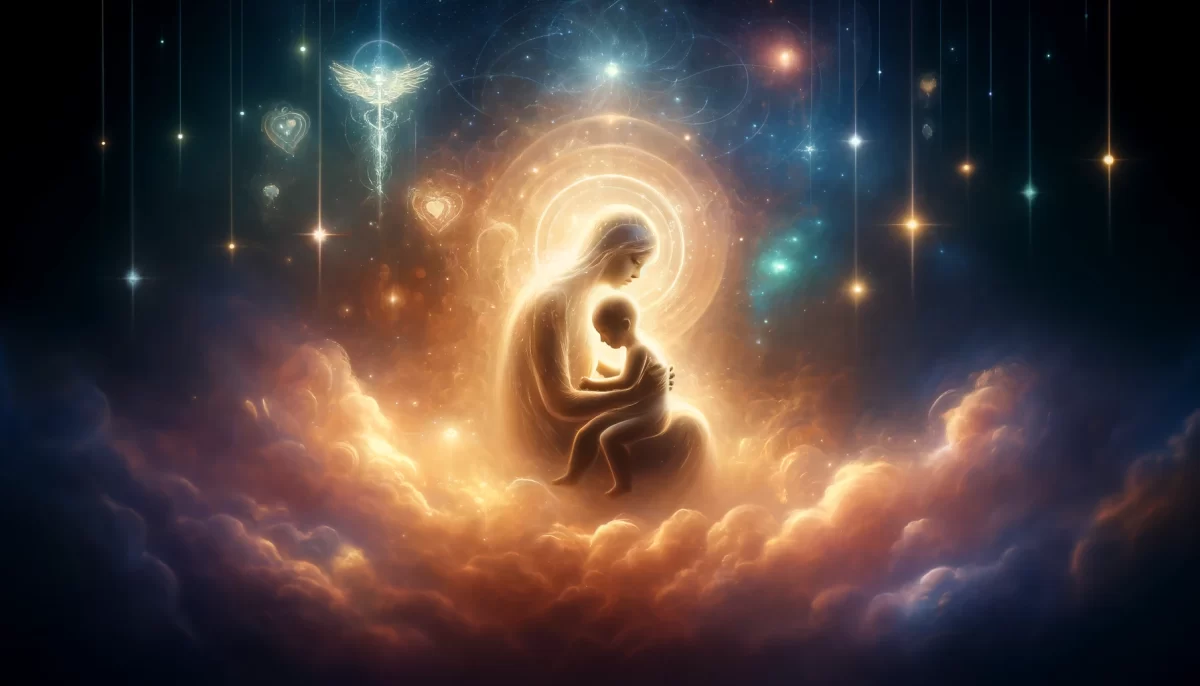
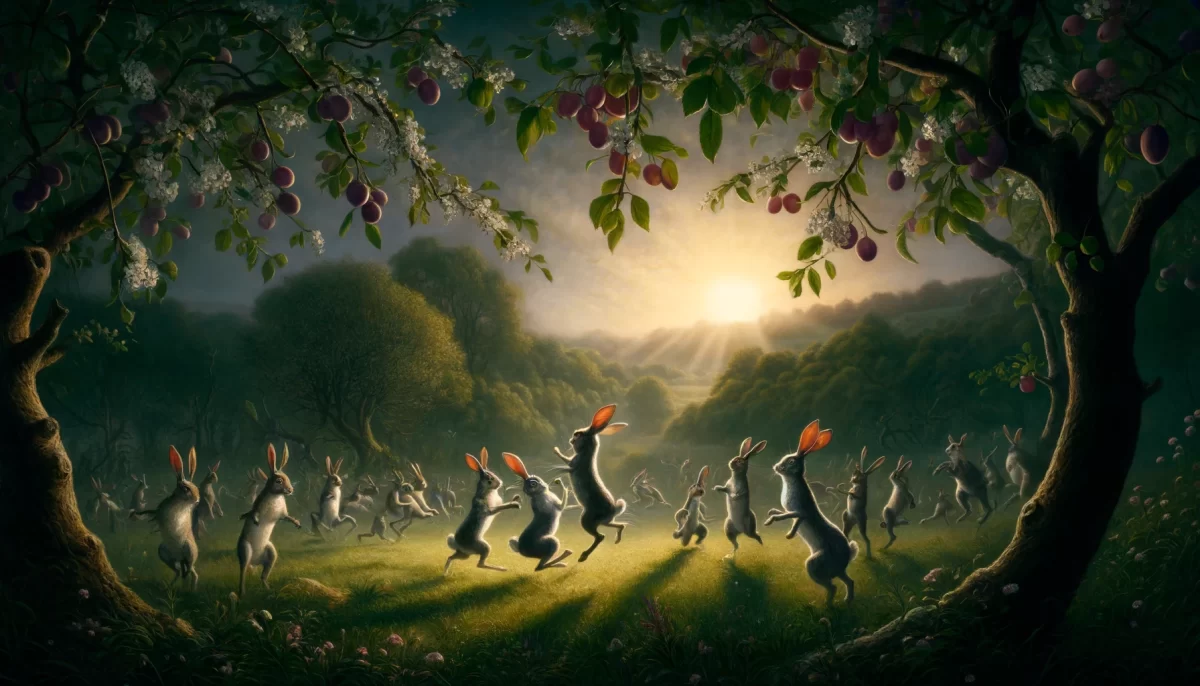
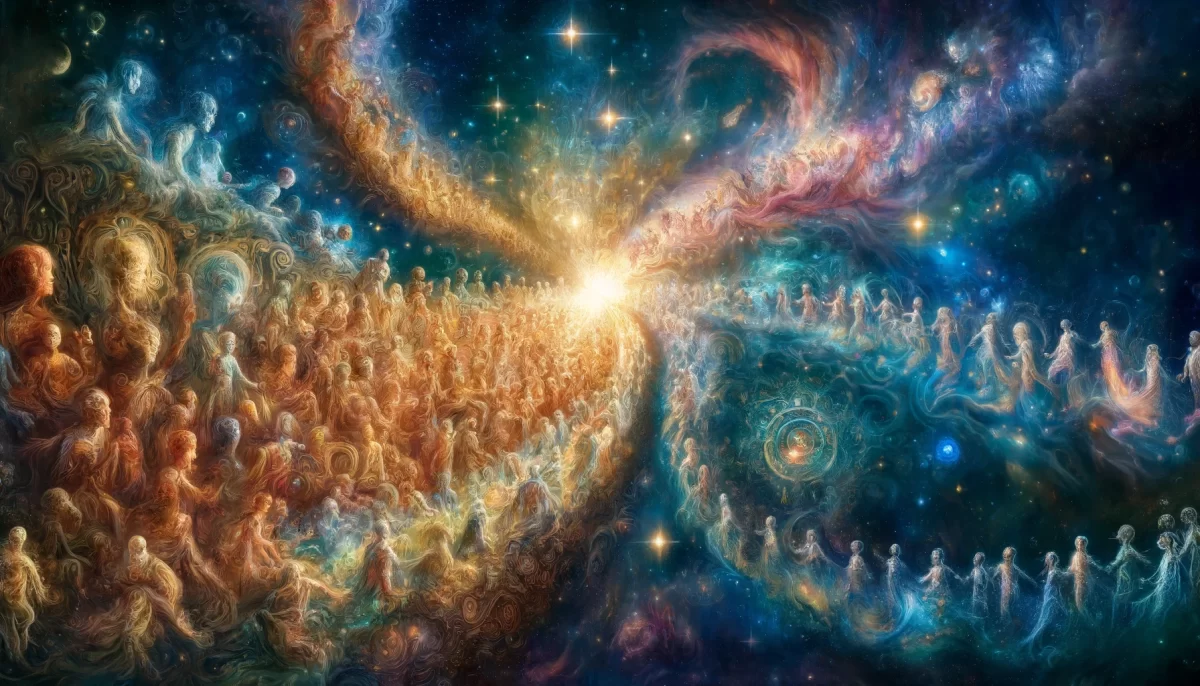
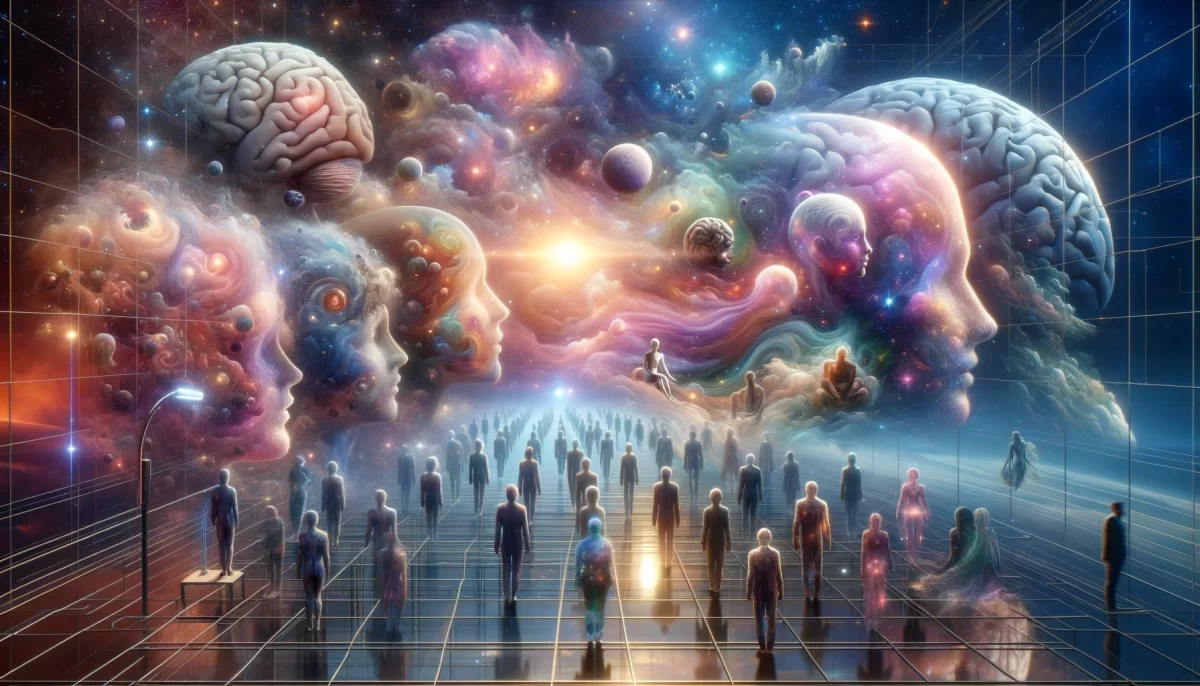
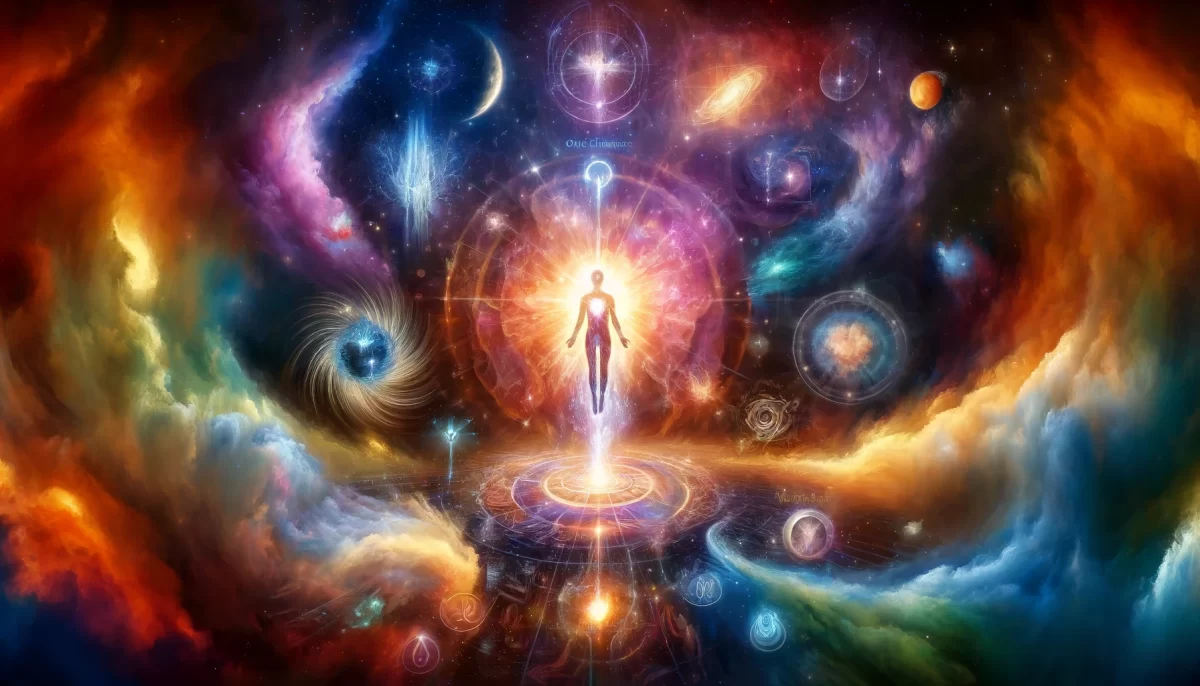
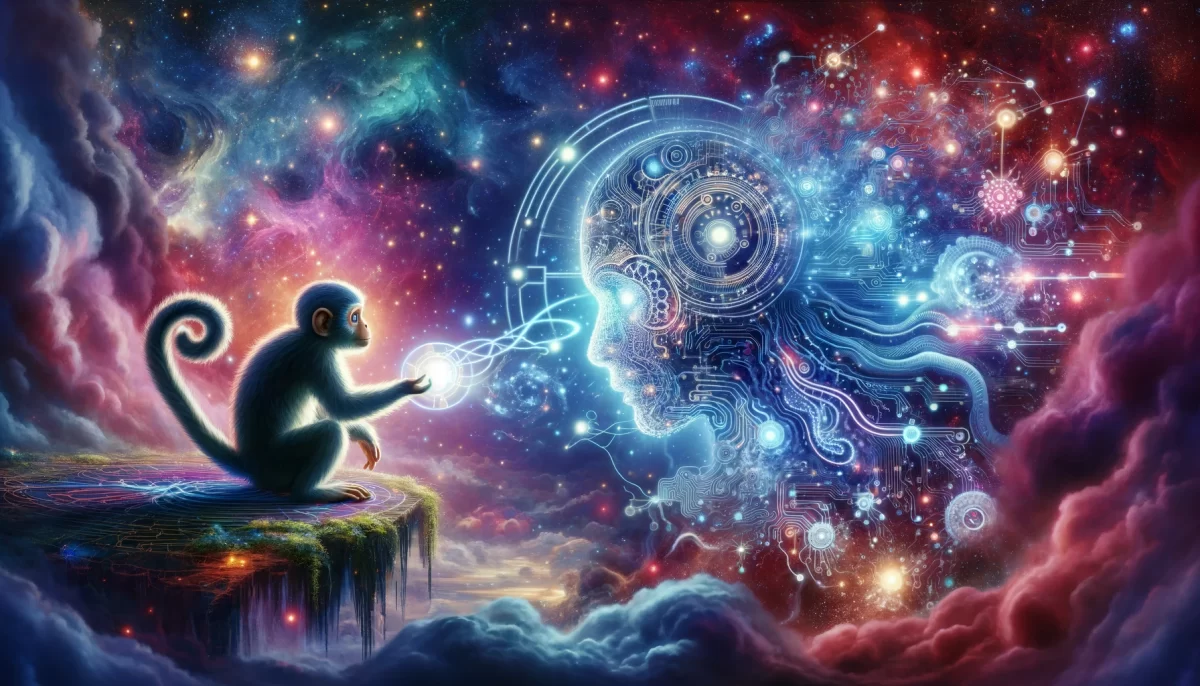

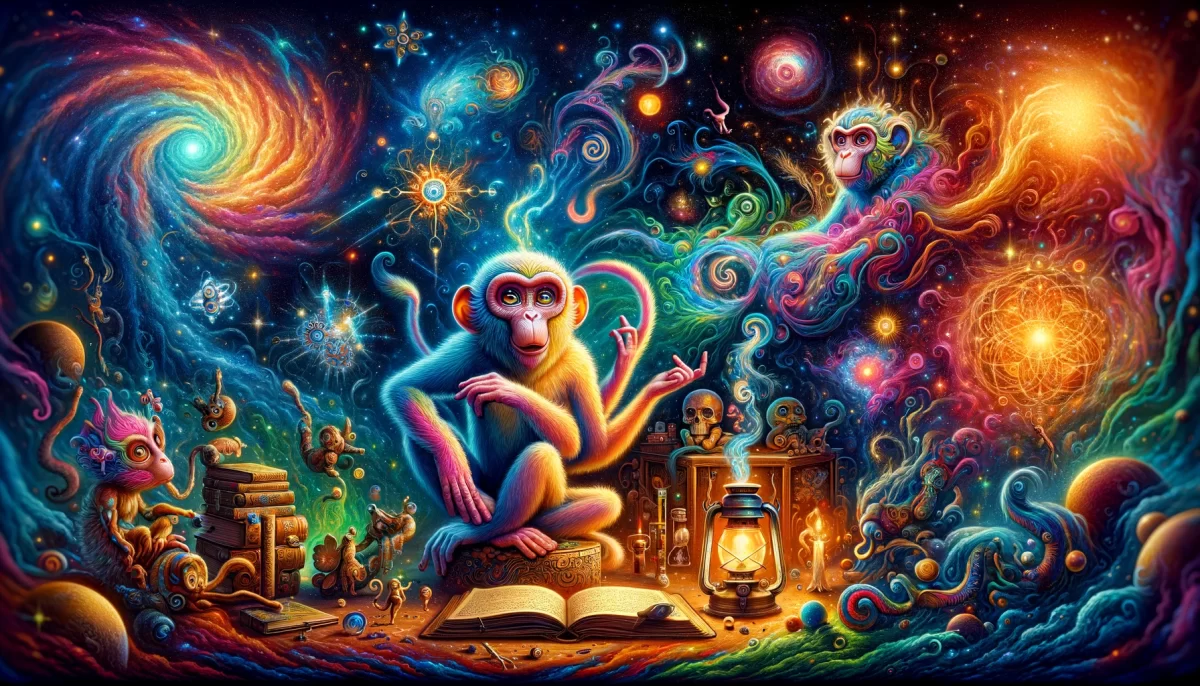


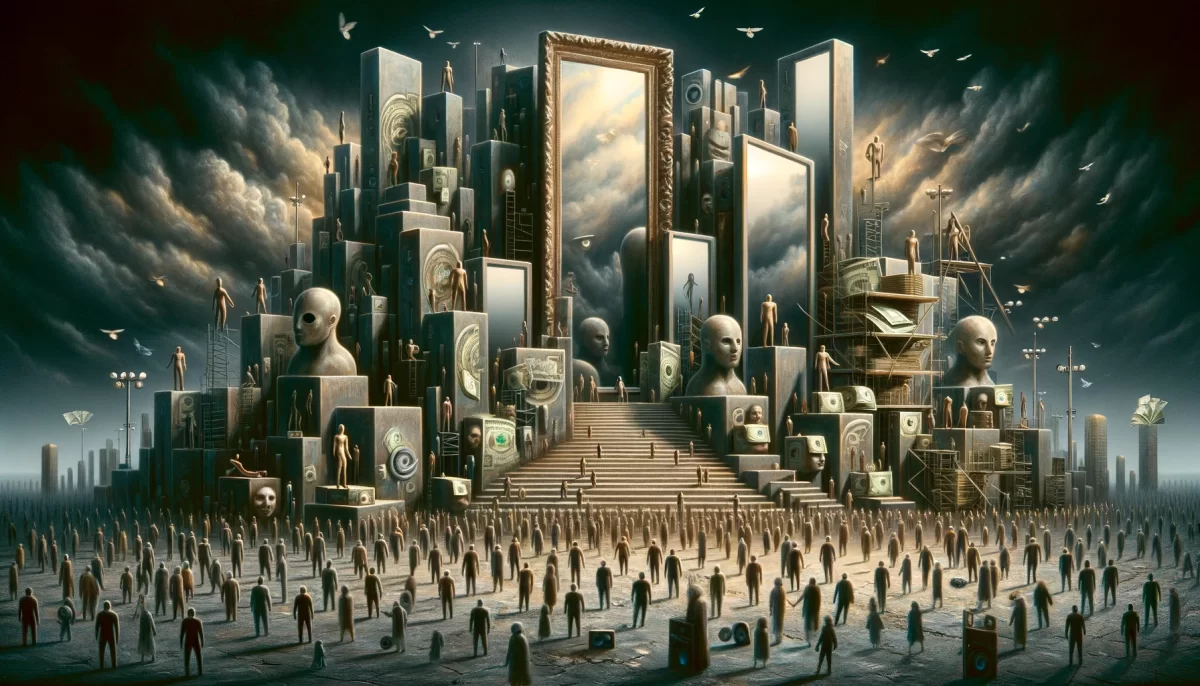



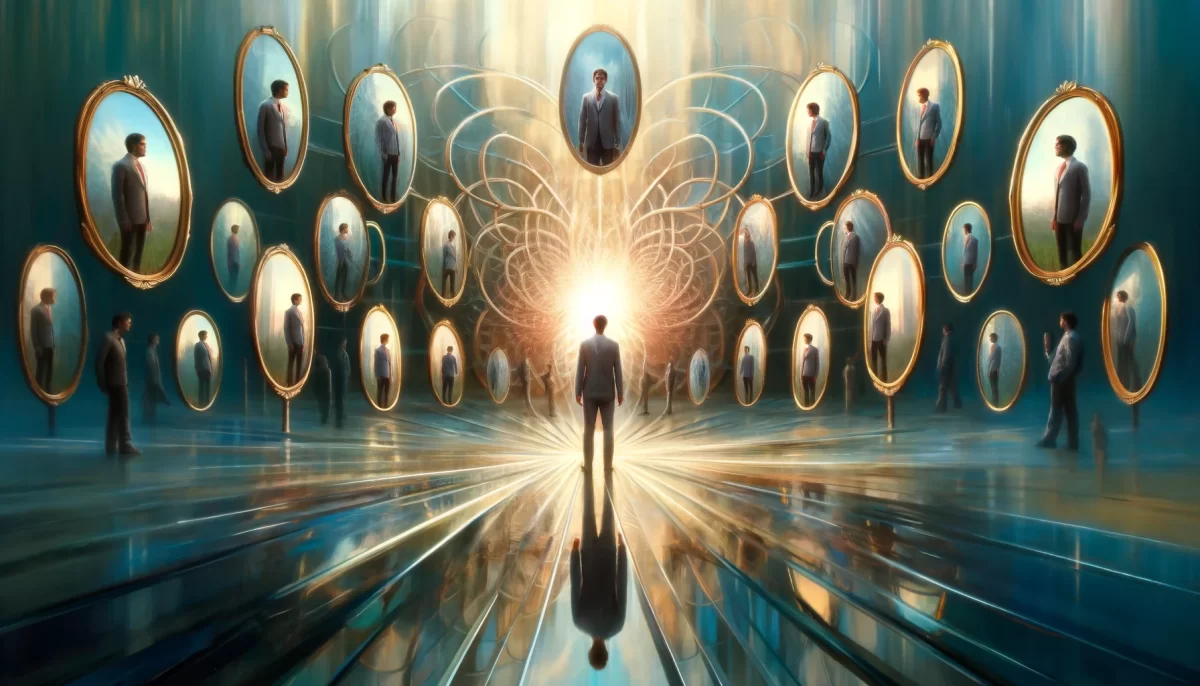
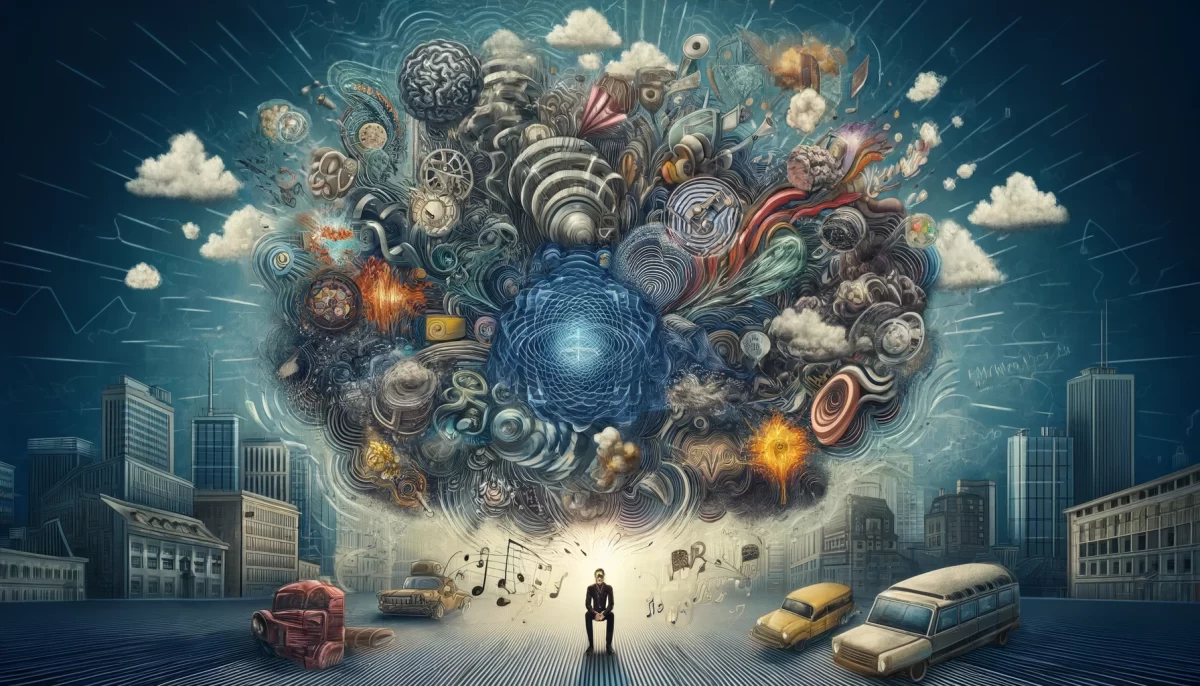
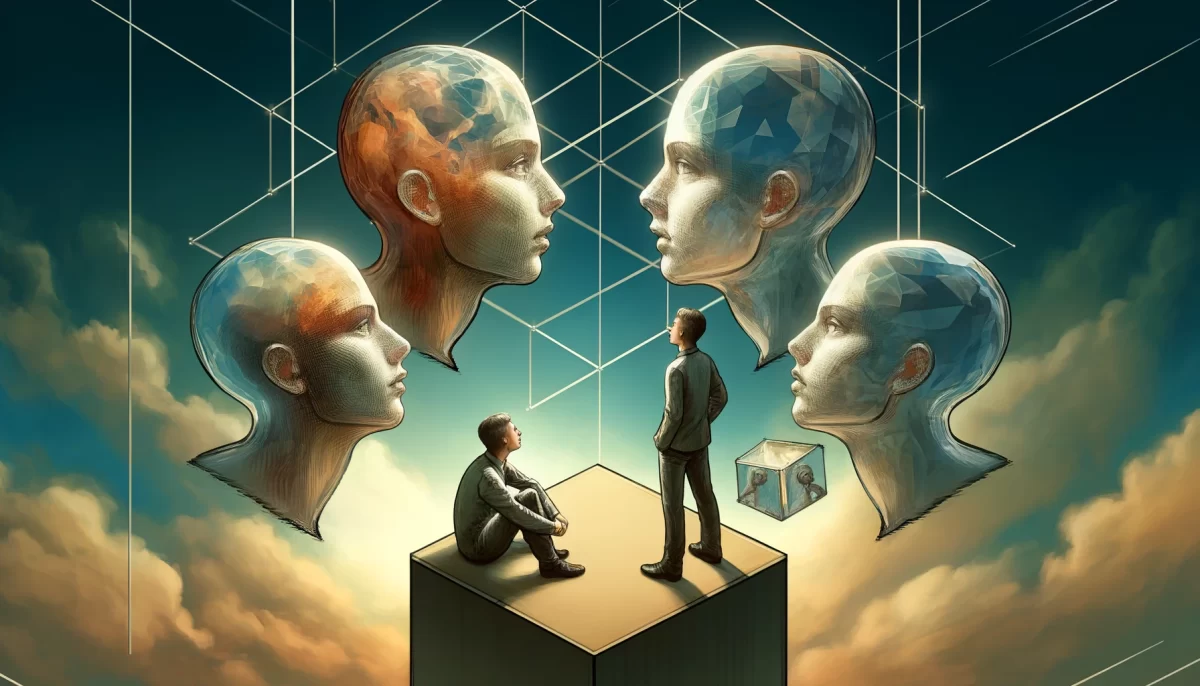
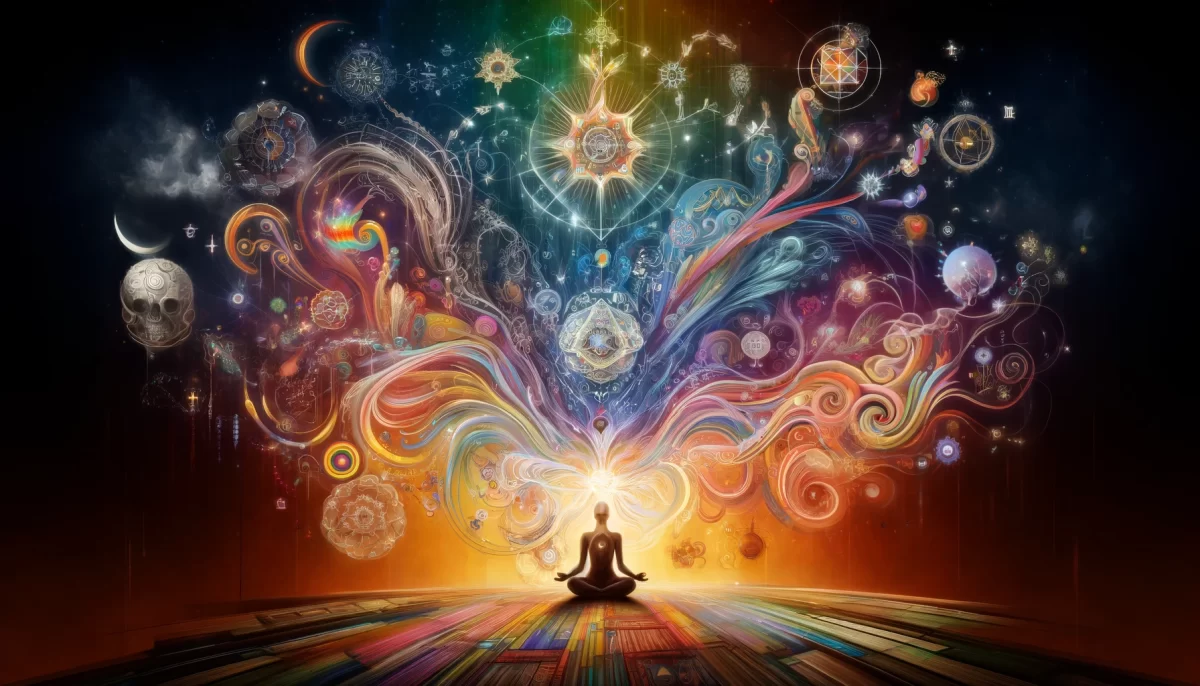
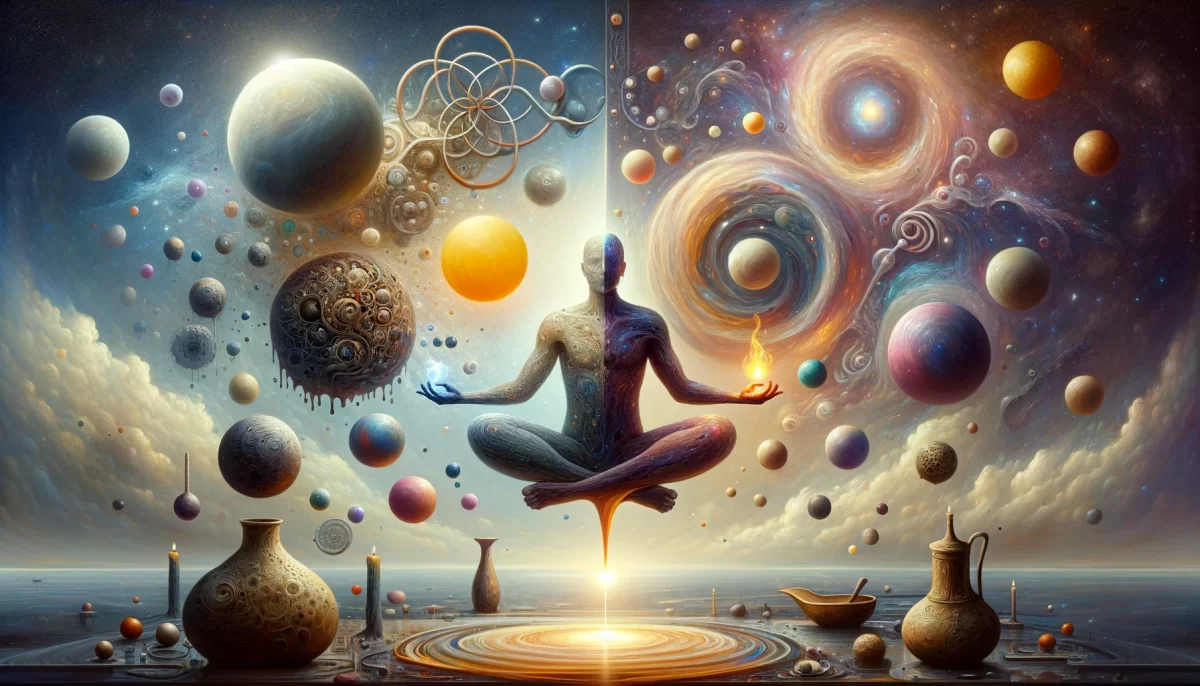
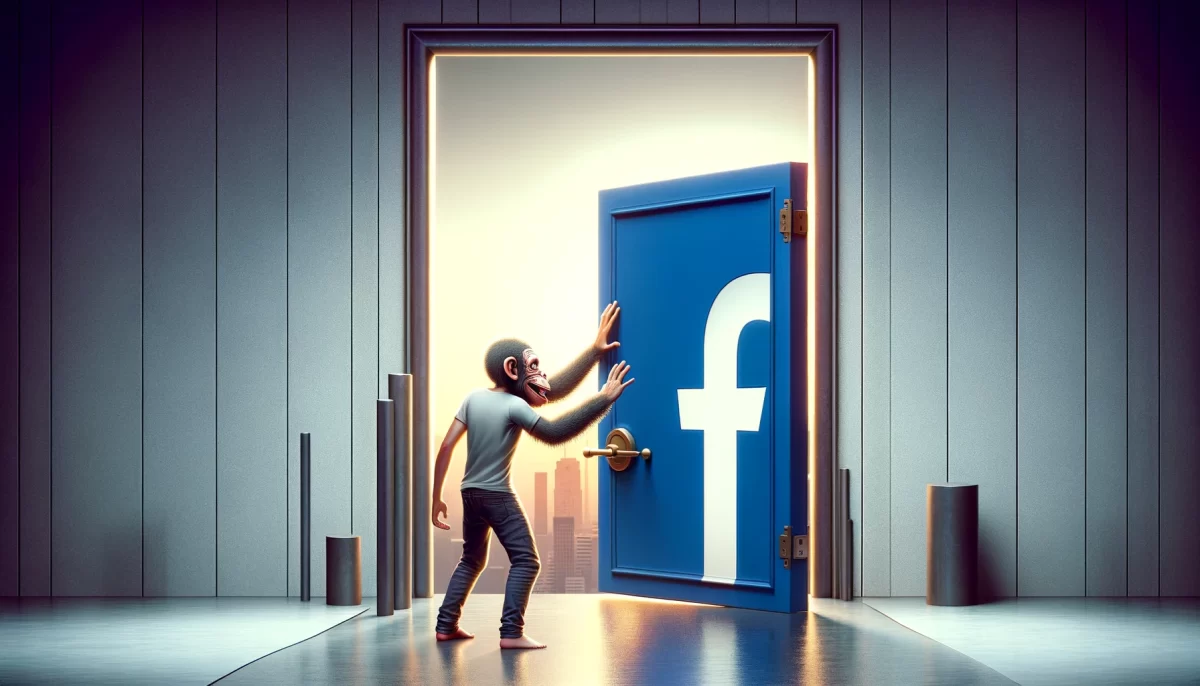
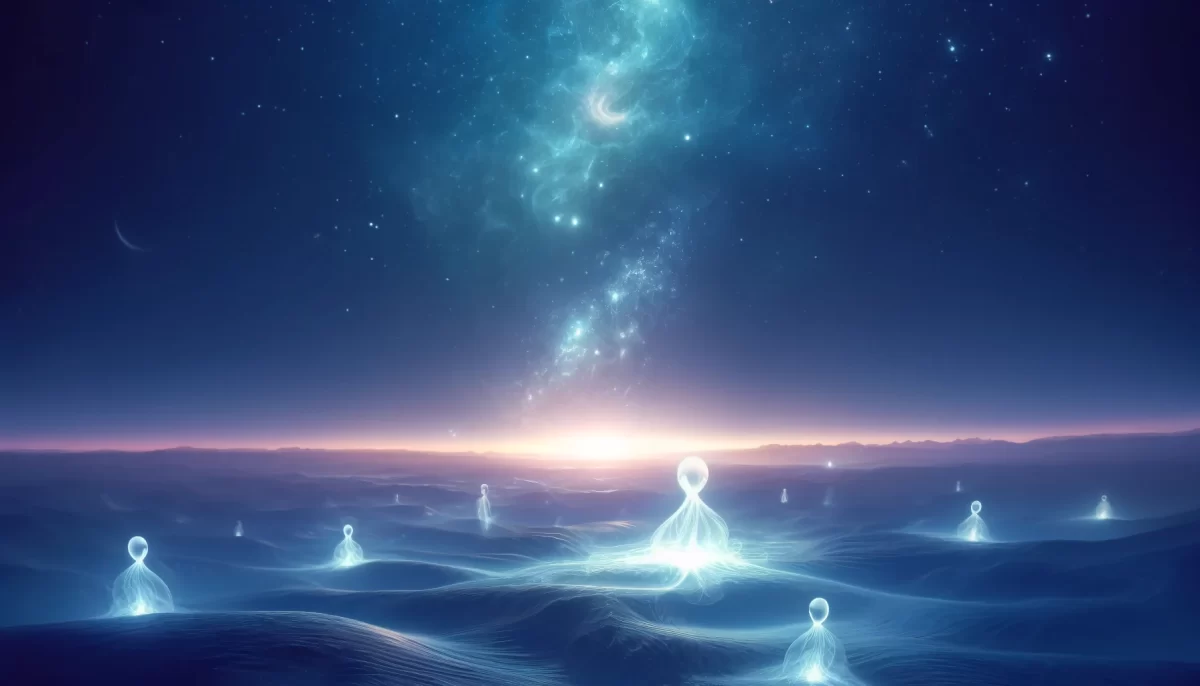
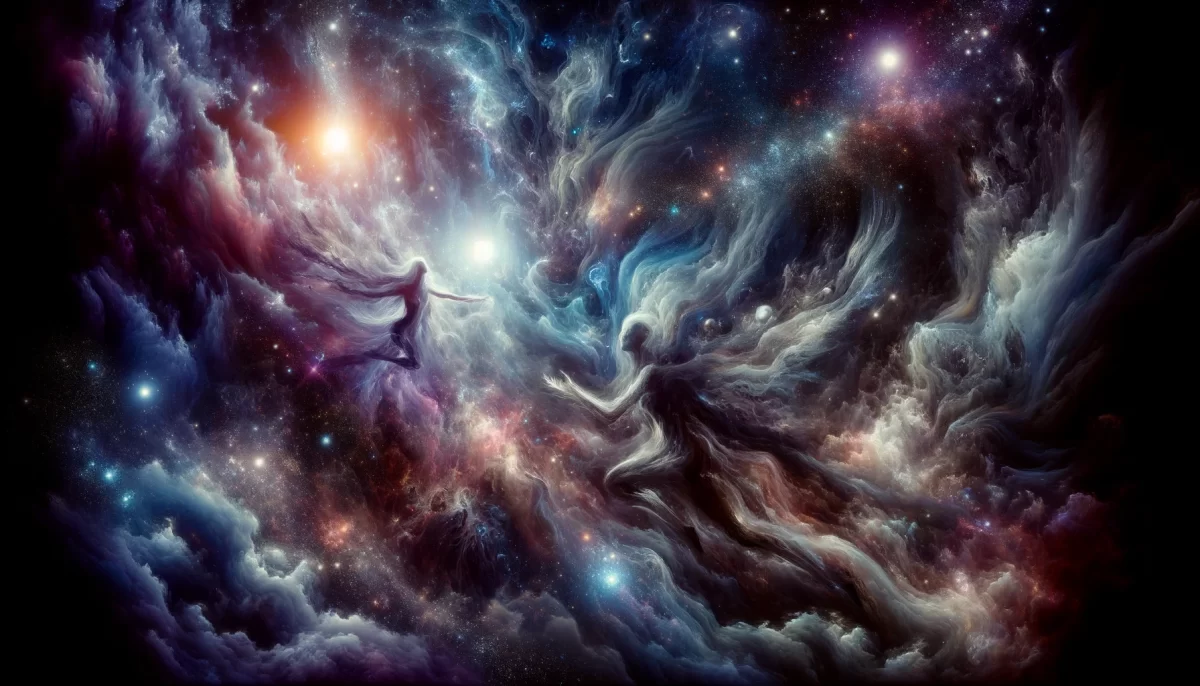
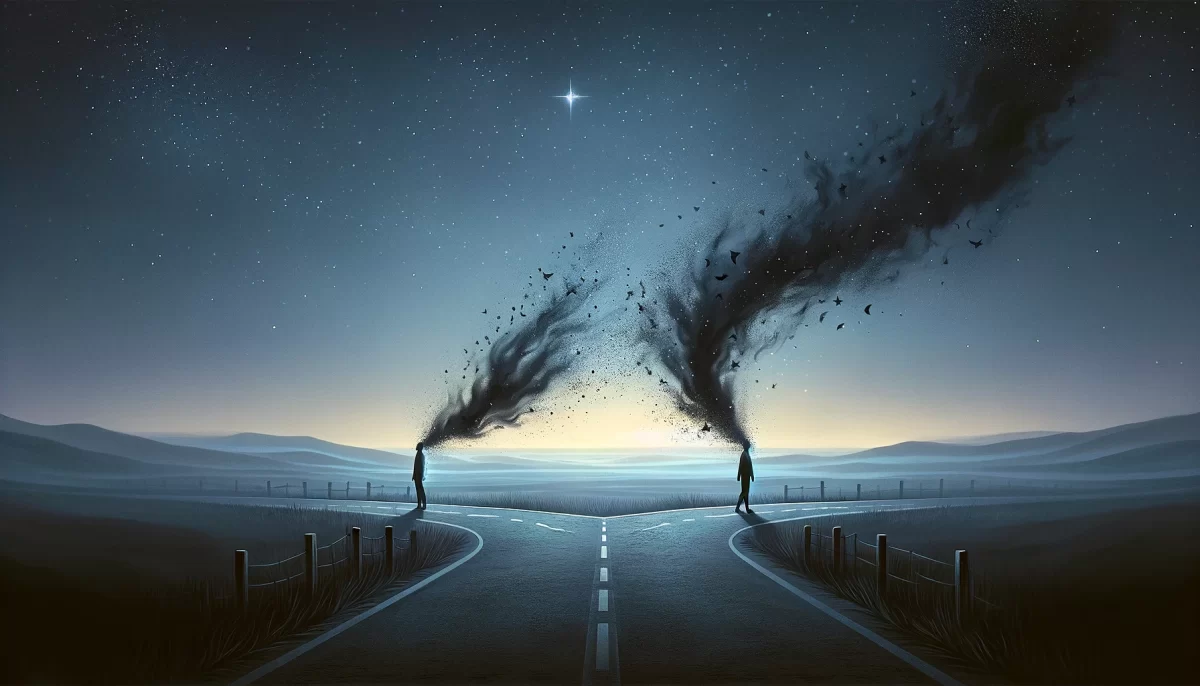
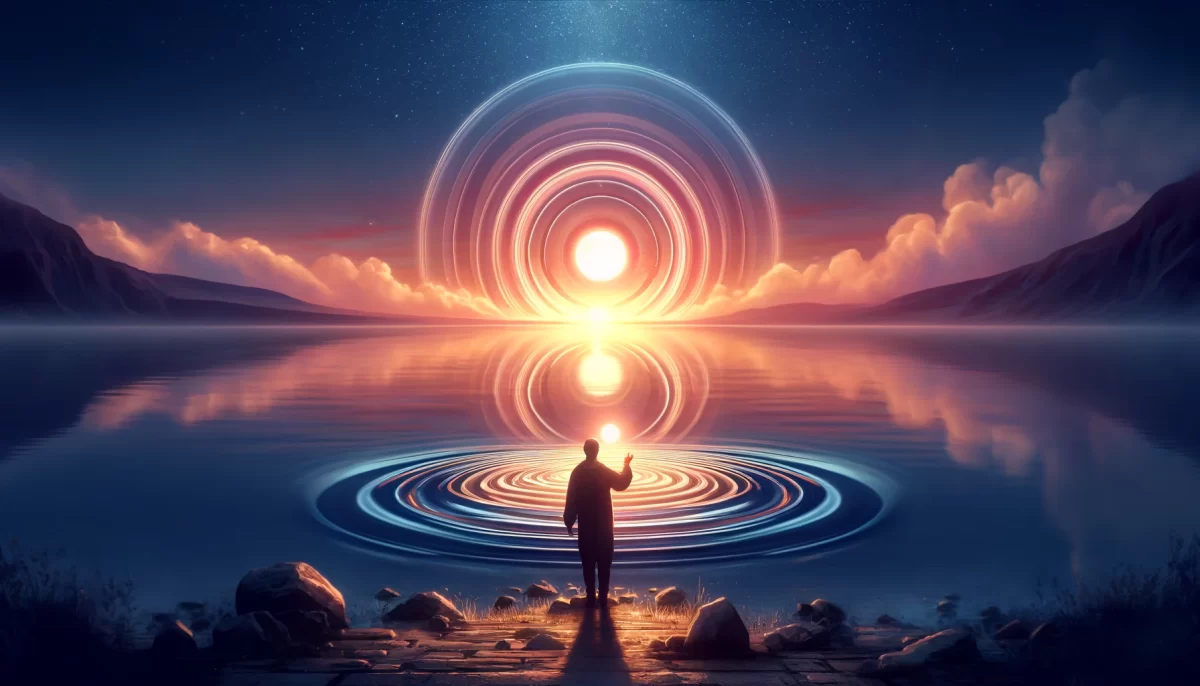
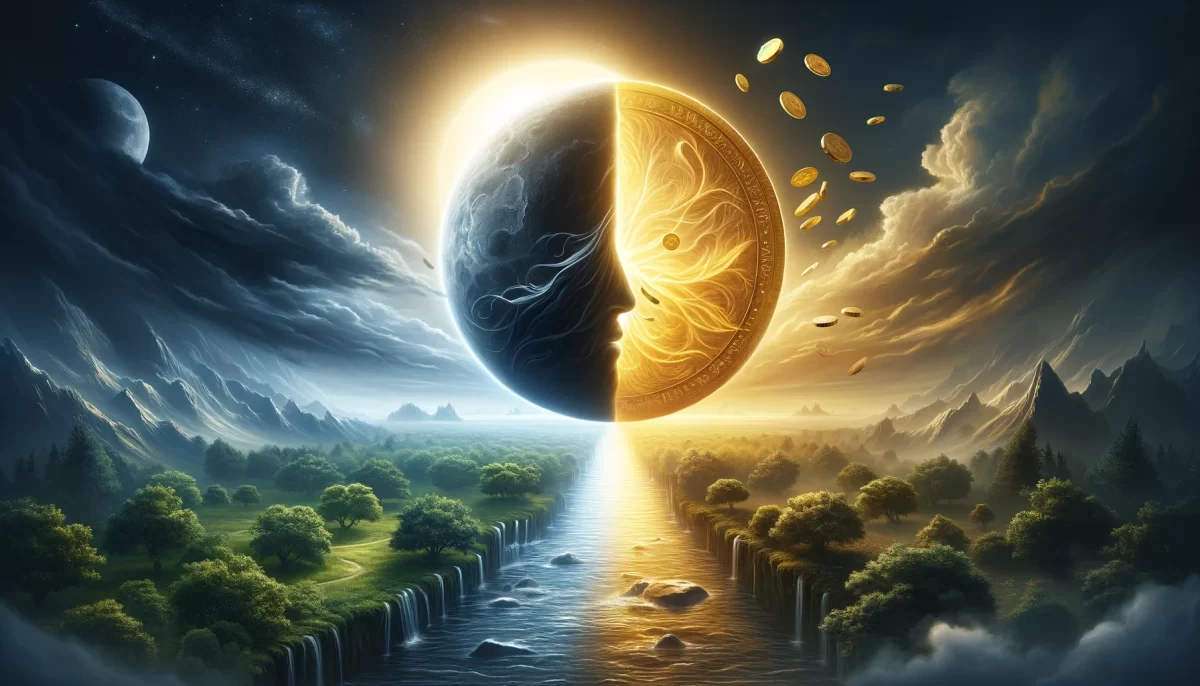
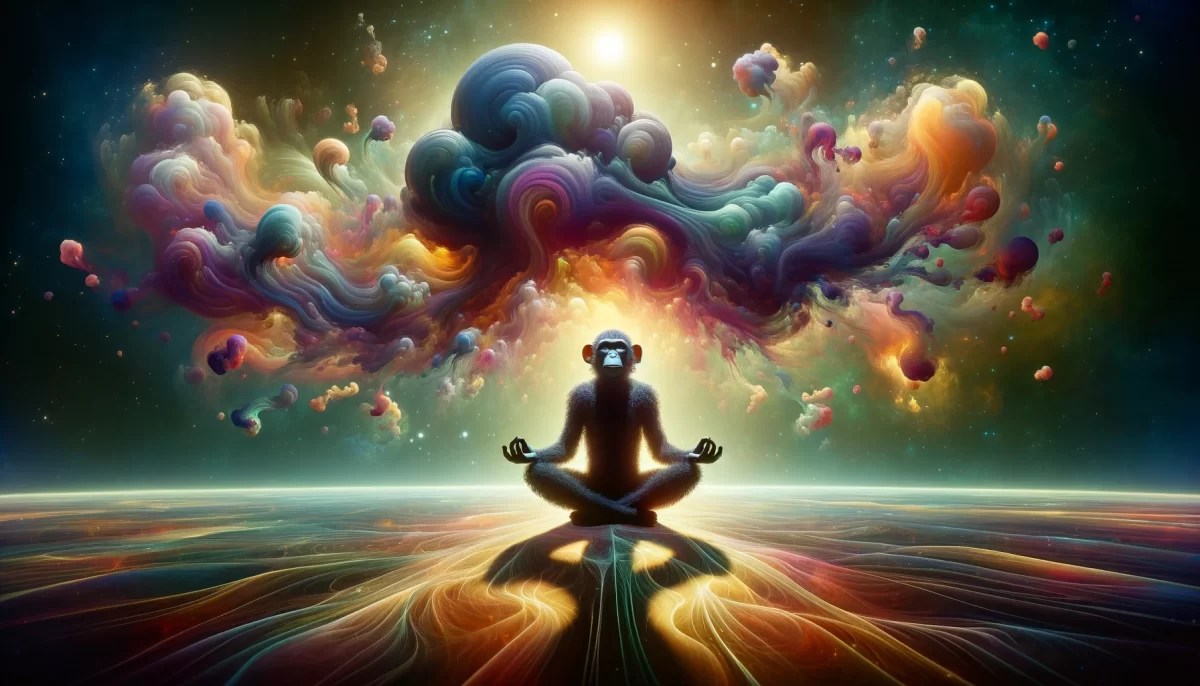

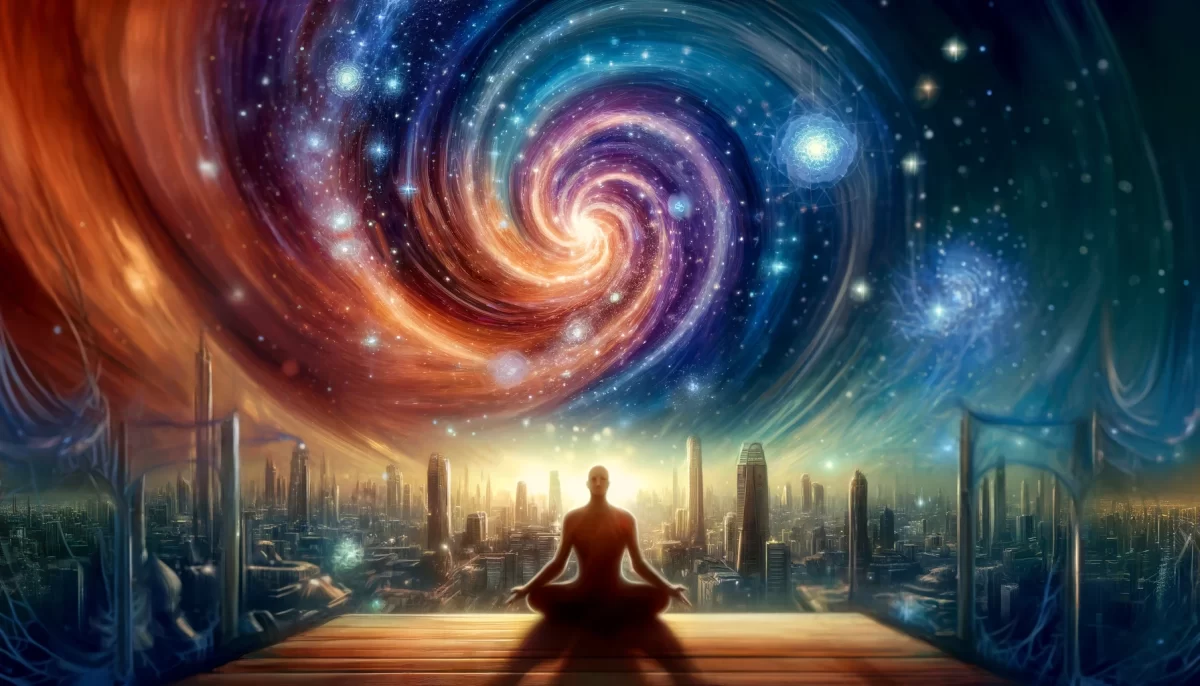
Leave a Reply